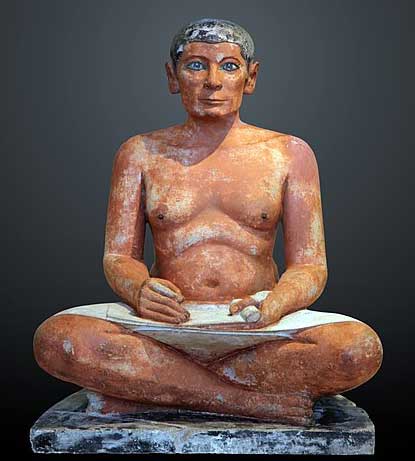Jakob Jakobsen's "An Etymological Dictionary of the Norn Language in Shetland", published in two vols in 1928 & 1932, still stands as the unrivalled source book of information on the origins & usage of the now extinct Norn language. The work first appeared in Danish in 4 vols. 1/ 





Dr. Jakob (Jákup) Jakobsen, (1864 - 1918), was a Faroese linguist and scholar of literature. His "Dictionary of the Norn Language in Shetland" was based on Jakobsen's fieldwork in Shetland during 1893-95 and first appeared in Danish in four volumes between 1908 and 1921. 2/ 

Norn is a North Germanic language once spoken in Orkney & Shetland until the islands were pledged to Scotland by Norway in 1468–69, after which it was gradually replaced by Scots. Norn became extinct in 1850, after the death of Walter Sutherland the last known native speaker. 3/ 

There were different variants or dialects of the old Norn language spoken in Orkney, and in the Shetland Isles. This is the Lord's Prayer in Orkney Norn, in Shetland Norn, and in Old West Norse. 4/ 

By the late 17th century, Norn was in decline. A 1670 source states that there are "only 3 or 4 parishes" in Orkney where people speak "Noords or rude Danish". Another from 1701 states that there were still a few "Norse" speakers who were capable of speaking "no other thing." 5/ 

The Scottish minister & naturalist George Low wrote an account of his visit to the Shetland island of Foula in 1774, which includes about 30 words in the Norn language translated into English. This was published in 1879 as "A Tour through the Islands of Orkney and Schetland". 6/ 





Norn finally slipped into extinction from - quite literally - the most northerly point of the British Isles. Walter Sutherland, said to be the last speaker, lived in this building - The Haa - the northernmost house in the Shetland Isles, near the present-day Unst Boat Haven. 7/ 

• • •
Missing some Tweet in this thread? You can try to
force a refresh


















